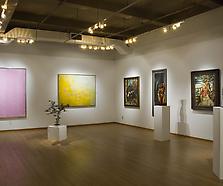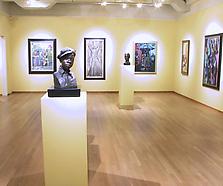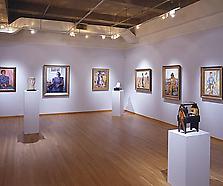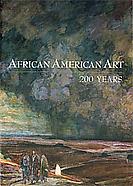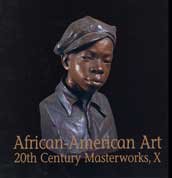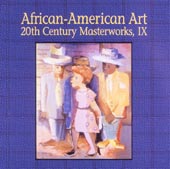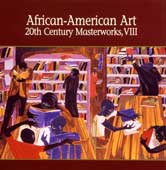Born in White City, near the town of Madisonville, Kentucky, Charles Sebree learned to sculpt and draw at a young age from his uncle. In 1924, Sebree and his mother moved to Chicago. When he was fourteen, the Chicago Renaissance Society purchased his painting Seated Boy and offered him a scholarship to take Saturday classes at the School of the Art Institute of Chicago. In the early 1930s, Sebree studied at the South Side Community Arts Center, learning color techniques from Archibald J. Motley, Jr.. As a young adult, Sebree worked for the easel division of the Illinois Federal Arts Project. He was an active and integral participant in the 1930s Chicago art scene, forming close friendships not only with Motley, but also Eldzier Cortor and Charles White. In 1940, Sebree moved to New York City, where he lived and worked until 1960. In New York, Sebree painted portraits, illustrated numerous children’s books by Countee Cullen (whom he met through Alain Locke), including The Lost Zoo, and worked
Charles Sebree (1914-1985)
Exhibitions
Prints & Publications
Artist Information
as a set designer, director, and playwright at the American Negro Theatre and Katherine Dunham Dance Company. Interested in European modernism and African art, Sebree was awarded a Rosenwald Foundation grant in 1944. In Modern Negro Art, James A. Porter categorized Sebree’s paintings as “mystical,” stating: “His work is conceived in a mood of contemplation and recalls the mystical purity of Byzantine enamels or Russian icon painting.” While he continued to make art, Sebree also began writing plays in 1949, including The Dry August, which he later revised in collaboration with Greer Johnson. That work, Mrs. Patterson, premiered on Broadway in 1954, starring Eartha Kitt. In the 1960s, Sebree settled in Washington, D.C., where he remained until his death, participating in a variety of cultural activities including a writing group at Howard University.
SELECTED MUSEUM COLLECTIONS
Howard University Gallery of Art, Howard, VA
Pennsylvania Academy of the Fine Arts, Philadelphia, PA
The Saint Louis Art Museum, Saint Louis, MO
Smithsonian American Art Museum, Washington, DC




